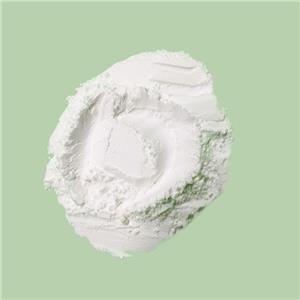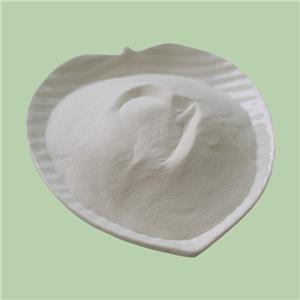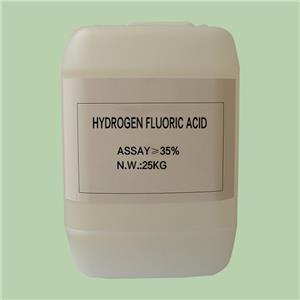Hexafluorosilicic Acid and its Role in the Synthesis of Aromatic Compounds
Hexafluorosilicic acid, commonly referred to as H2SiF6, is a powerful inorganic acid that finds a wide range of applications in various industries. One of its fascinating applications is in the synthesis of aromatic compounds. This article aims to explain how hexafluorosilicic acid is employed in the synthesis of aromatic compounds.
Aromatic Compounds: What Are They?
Aromatic compounds are a unique class of organic molecules characterized by a ring-like structure known as an aromatic ring. These compounds often possess distinctive and pleasant odors, which is how they got their name. Aromatic compounds are found in various natural substances, such as essential oils, but are also widely used in the chemical industry for the production of fragrances, dyes, and pharmaceuticals.

The Role of Hexafluorosilicic Acid in Aromatic Compound Synthesis
1、Friedel-Crafts Acylation Reaction:
Hexafluorosilicic acid is a critical reagent in the Friedel-Crafts acylation reaction, a classic method for introducing acyl groups (RCO-) into aromatic rings. The reaction typically involves the reaction of an aromatic compound with an acyl chloride or anhydride in the presence of a Lewis acid catalyst, such as hexafluorosilicic acid. The Lewis acid catalyst facilitates the formation of a carbocation intermediate, which then reacts with the acyl group. This results in the substitution of a hydrogen atom on the aromatic ring with the acyl group, leading to the formation of acylated aromatic compounds.
2、Dehydration of Alcohols to Aromatic Compounds:
Hexafluorosilicic acid is also used to dehydrate alcohols to produce aromatic compounds. In this process, an alcohol is reacted with hexafluorosilicic acid, which acts as a dehydrating agent, removing water (H2O) from the alcohol molecule. This reaction can lead to the formation of various aromatic compounds, including phenols and other derivatives.
3、Rearrangement and Isomerization Reactions:
Hexafluorosilicic acid is employed in rearrangement and isomerization reactions of aromatic compounds. These reactions involve shifting or rearranging the atoms within the aromatic ring, resulting in the formation of different isomers or structurally related compounds. Such reactions are important in the fine chemical and pharmaceutical industries to access specific isomeric forms of aromatic compounds with distinct properties.
4、Nitrations and Sulfonations:
Aromatic compounds can be chemically modified by introducing nitro (-NO2) or sulfo (-SO3H) groups onto the aromatic ring. Hexafluorosilicic acid can serve as a catalyst or reactant in these processes. The addition of nitro or sulfo groups can alter the chemical and physical properties of the aromatic compound, making it suitable for a variety of applications, including the synthesis of dyes and pharmaceutical intermediates.
5、Dealkylation and Dehalogenation:
Hexafluorosilicic acid can be used in the dealkylation and dehalogenation of aromatic compounds. These reactions involve the removal of alkyl groups or halogen atoms from the aromatic ring. They are essential in the preparation of various pharmaceuticals and fine chemicals.
Safety Considerations:
It's important to note that hexafluorosilicic acid is a strong and corrosive acid that should be handled with care. Safety precautions, including the use of protective equipment, proper ventilation, and adherence to laboratory safety protocols, are crucial when working with this reagent.
Hexafluorosilicic acid plays a pivotal role in the synthesis of aromatic compounds, a class of organic molecules with wide-ranging applications. Its ability to facilitate various reactions, including acylation, dehydration, isomerization, and functional group introduction, makes it an indispensable tool in the chemical industry. Understanding how to harness the power of hexafluorosilicic acid in aromatic compound synthesis opens up opportunities for the development of new fragrances, dyes, pharmaceuticals, and other valuable products. However, it is essential to use this reagent with caution and adhere to safety guidelines to ensure the well-being of researchers and the environment.




